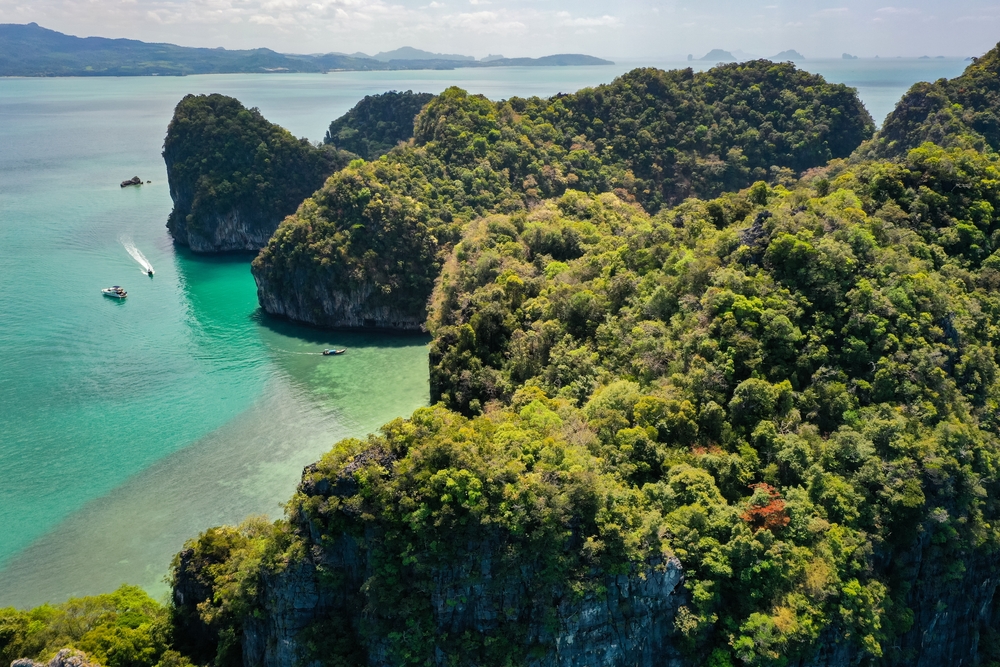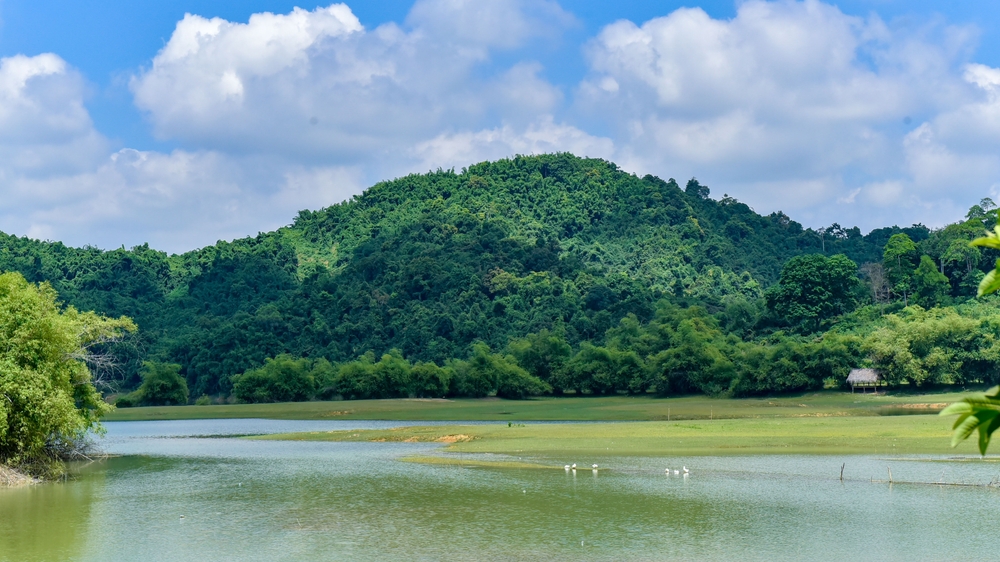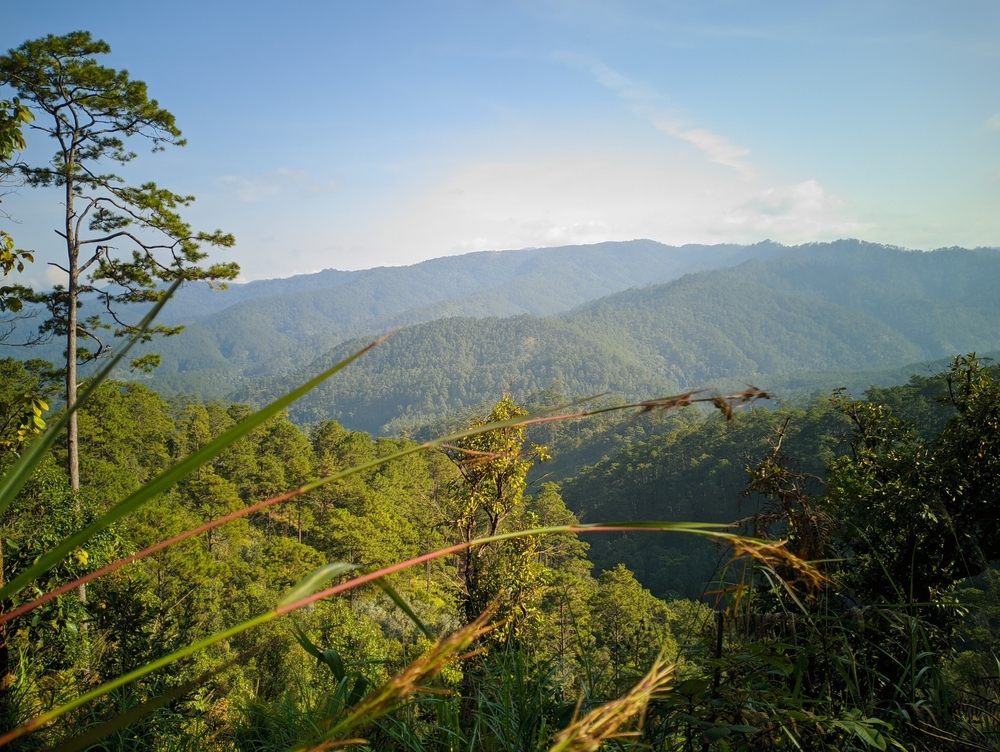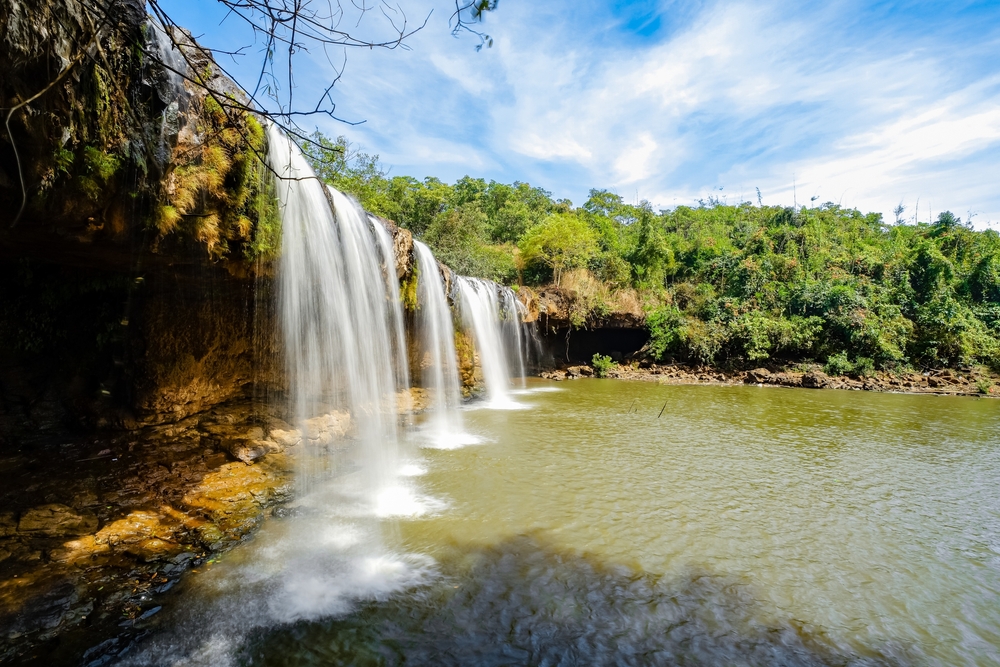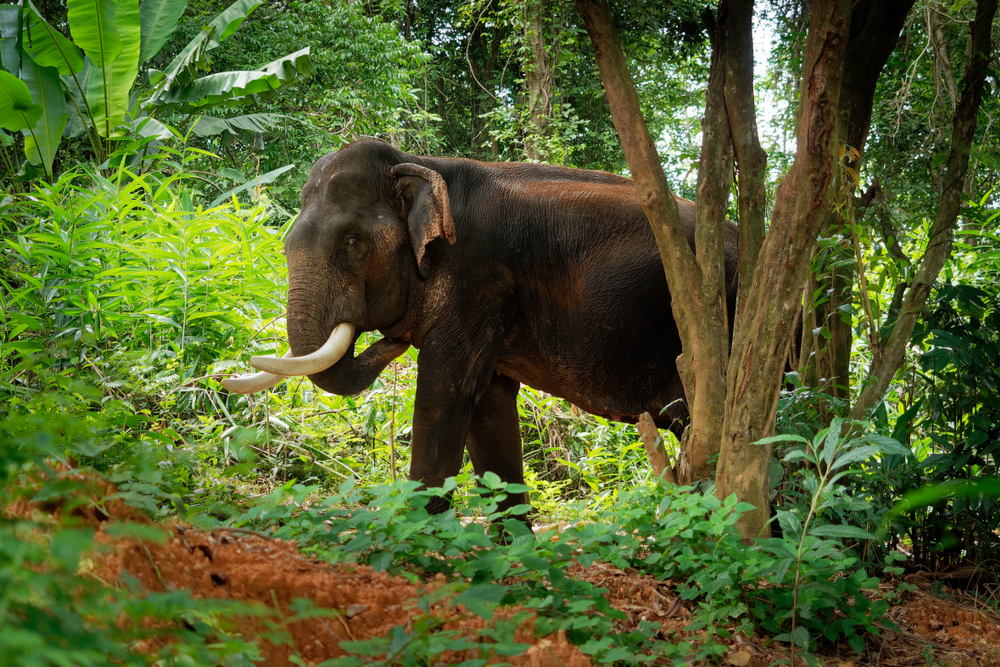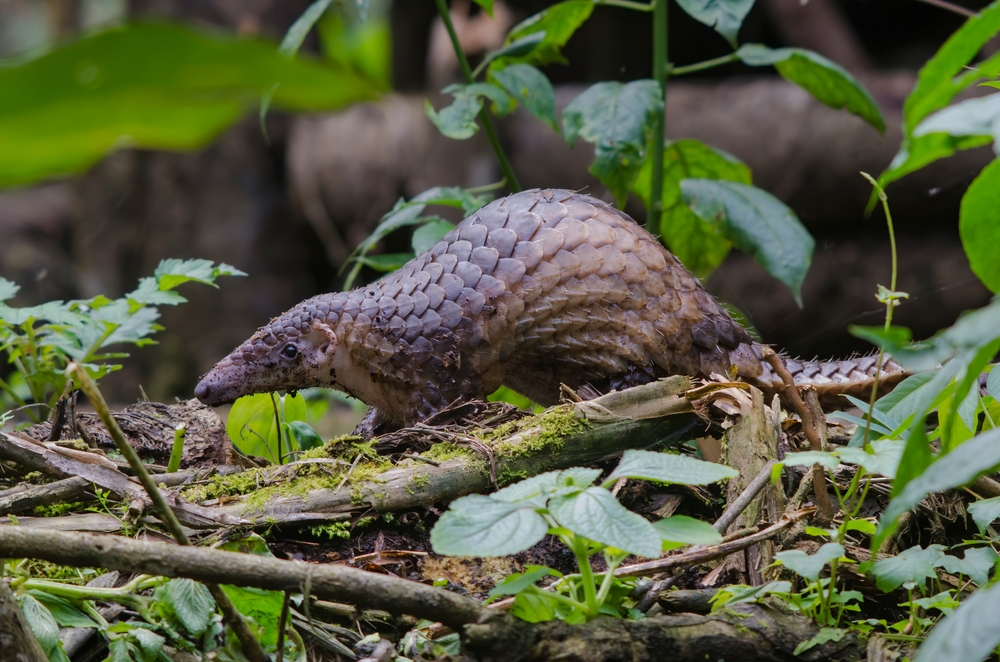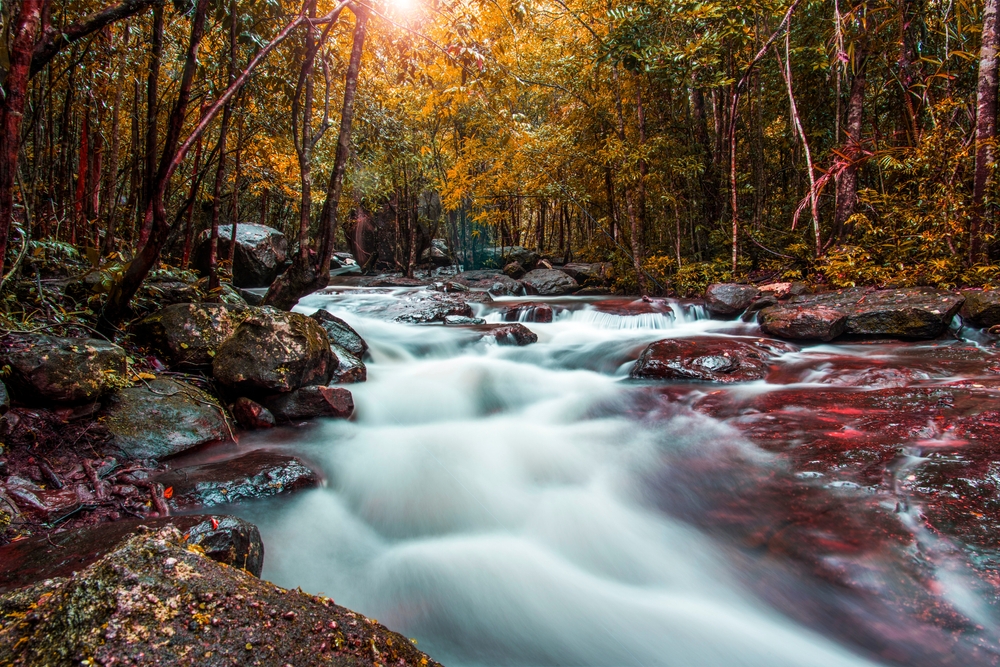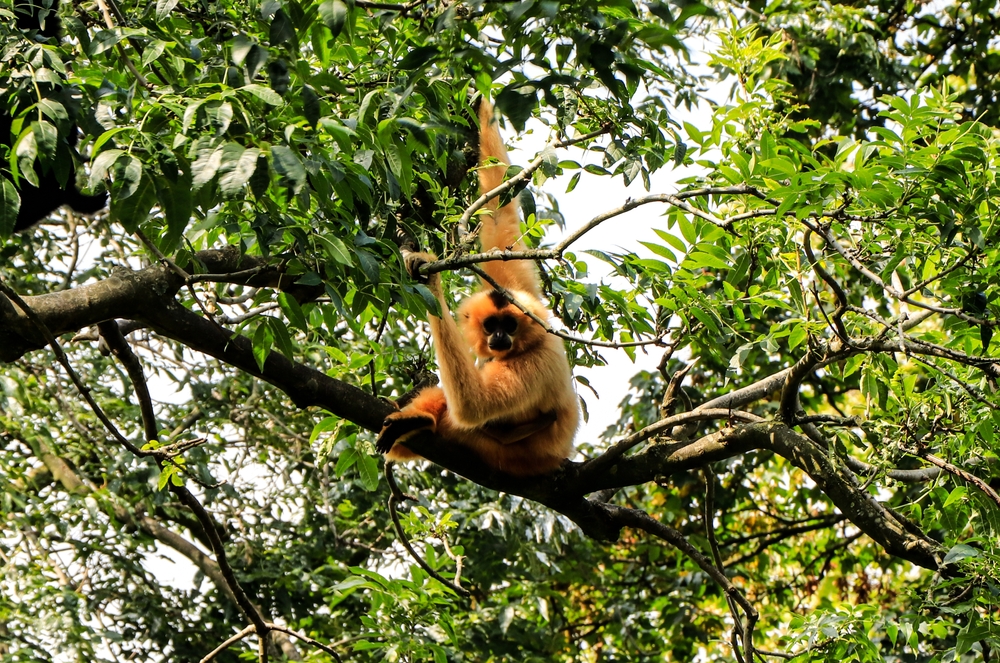Tà Đùng Overview
Tà Đùng National Park, located in the Đắk Nông Province of Vietnam, is a captivating destination in the Central Highlands. Known as the “Ha Long Bay of the Central Highlands” due to its strikingly beautiful landscape of over 40 emerald-green islands dotting a vast reservoir, this park spans approximately 133.73 square miles (346.3 square kilometers). Nestled between the Tà Đùng and Đắk N’Tao mountain ranges, the park offers a dramatic terrain that showcases the region’s rugged and serene beauty.
The terrain of Tà Đùng National Park is a mix of undulating hills, dense forests, and tranquil waterways. The heart of the park is the Tà Đùng Reservoir, a massive body of water that mirrors the surrounding verdant hills, creating an otherworldly panorama.
Surrounding this is a lush tropical rainforest, home to a wide array of plant species, including towering dipterocarps, vibrant orchids, and an undergrowth rich with ferns and medicinal plants. These ecosystems thrive under the region’s tropical monsoon climate, which brings both wet and dry seasons that shape the park’s diverse environment.
Wildlife in Tà Đùng National Park is as impressive as its scenery. The park provides a sanctuary for numerous endangered species, including the Indochinese tiger, Asian elephant, and yellow-cheeked gibbon. Smaller mammals such as civets, muntjacs, and macaques also inhabit the dense forest.
Birdwatchers can revel in sightings of rare avian species like the great hornbill, Siamese fireback, and green peafowl. The park’s waterways are teeming with aquatic life, further enriching its biodiversity. The delicate balance of these ecosystems makes Tà Đùng a vital area for conservation and biodiversity research.
Visitors to Tà Đùng National Park can experience its wonders in various ways. Boating on the reservoir offers breathtaking views of the islands and the surrounding forested mountains. Hiking trails wind through dense jungles and provide an opportunity to immerse in the park’s untouched beauty. Many trails lead to scenic viewpoints overlooking the reservoir, including spots perfect for photography. Adventure enthusiasts may enjoy camping under the starlit sky, where the quietude of the wilderness becomes a memorable experience.
Despite its natural grandeur, Tà Đùng faces significant conservation challenges, including illegal logging, wildlife poaching, and the impact of nearby agricultural expansion. However, local authorities and conservation groups have achieved notable successes in preserving this ecological gem. Initiatives such as community-based eco-tourism have not only reduced the strain on the park’s resources but also provided economic benefits to the local population, fostering a shared sense of responsibility for the park’s future.











































































